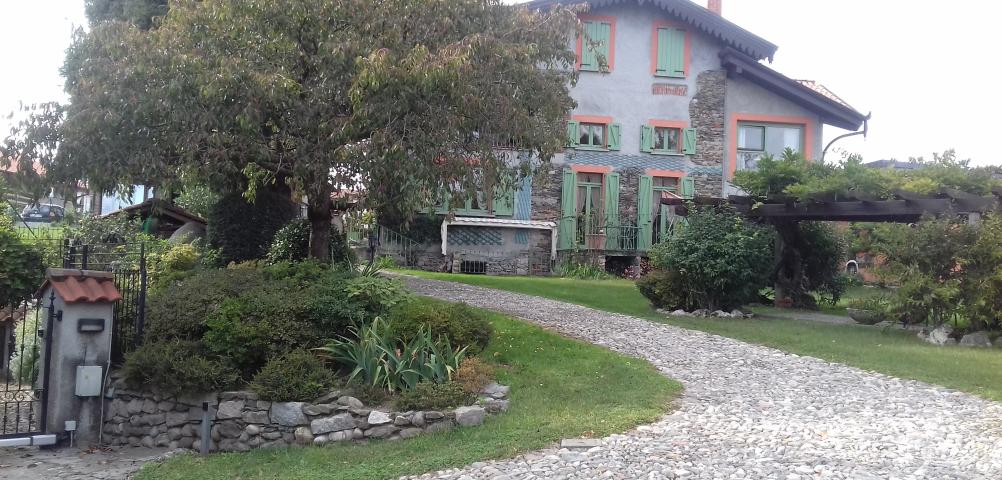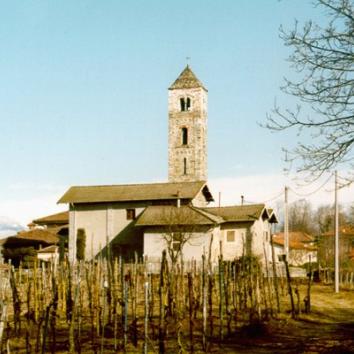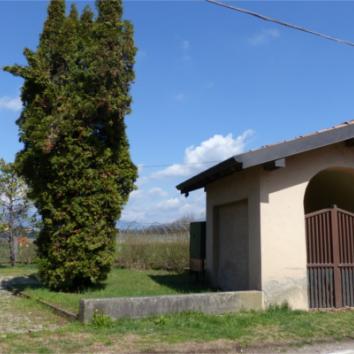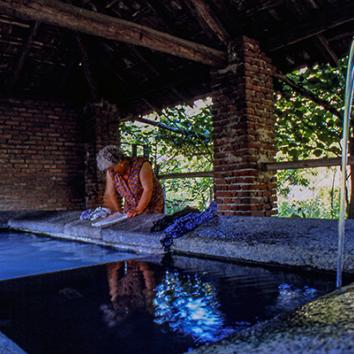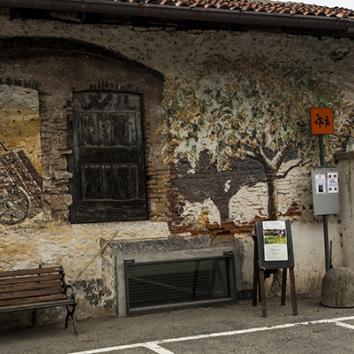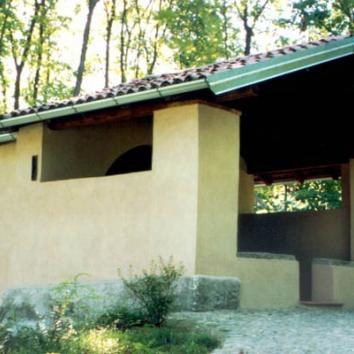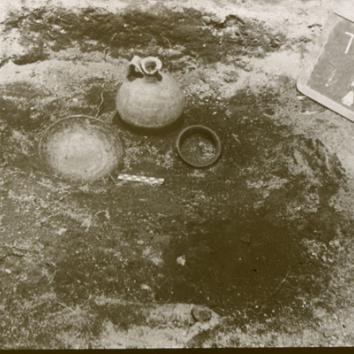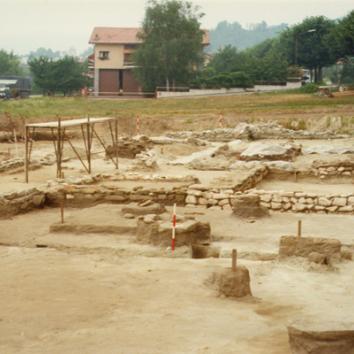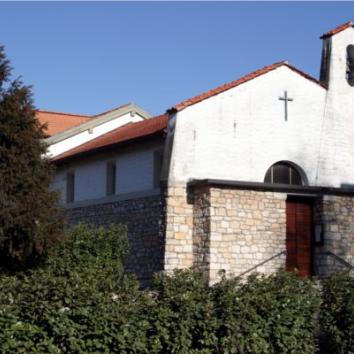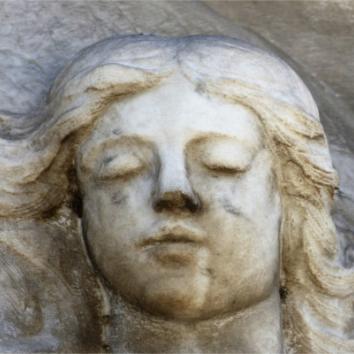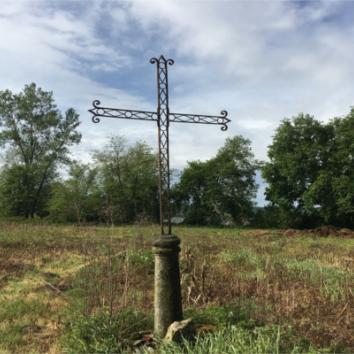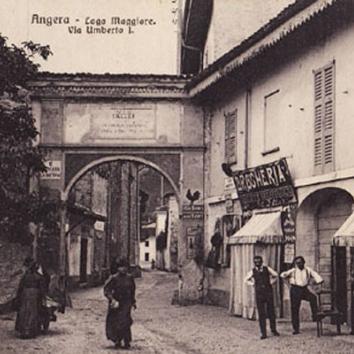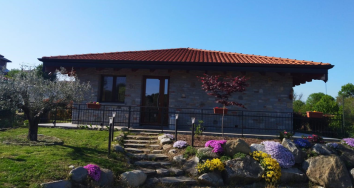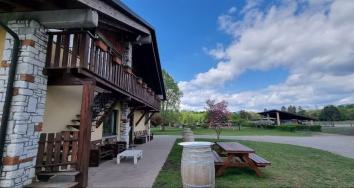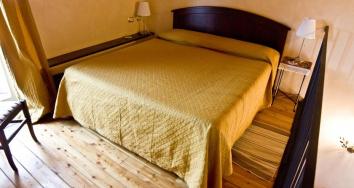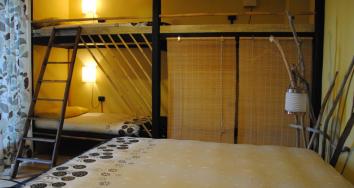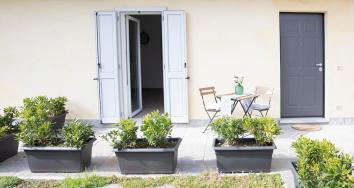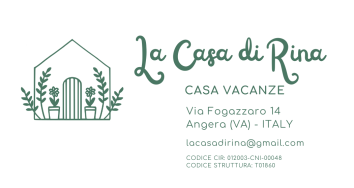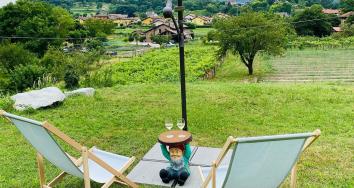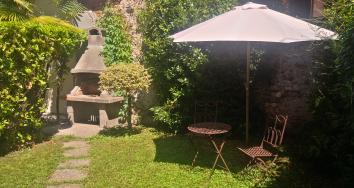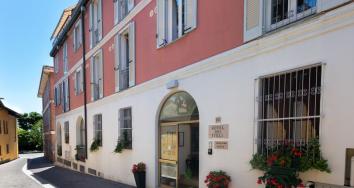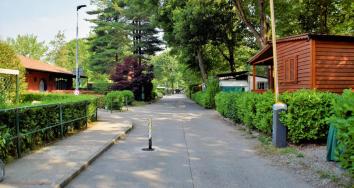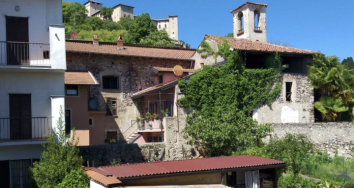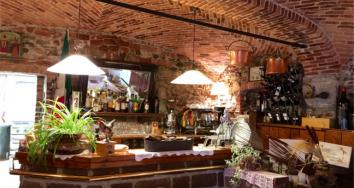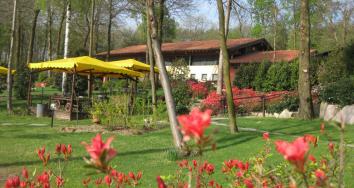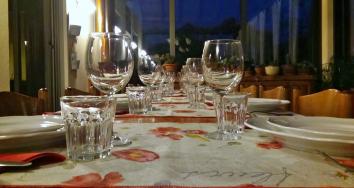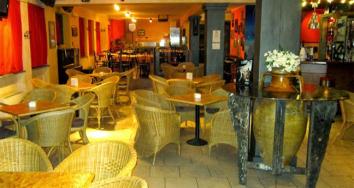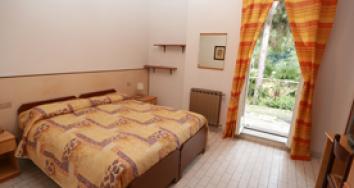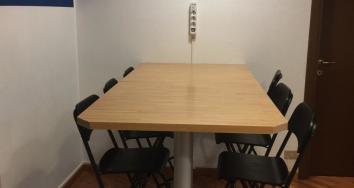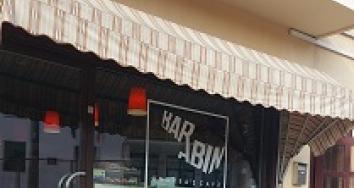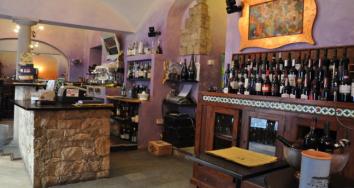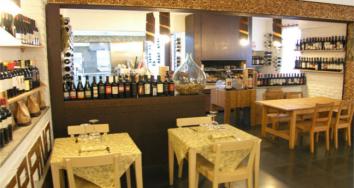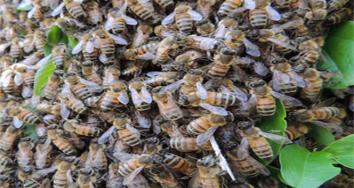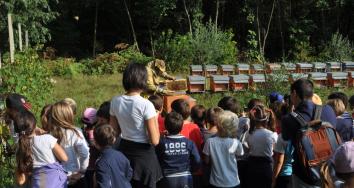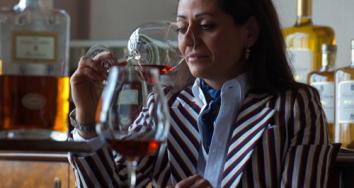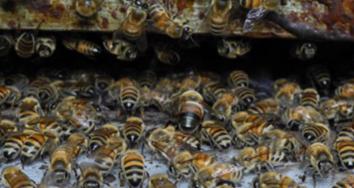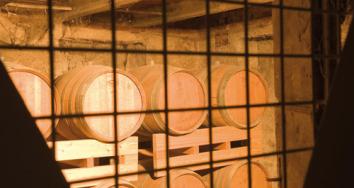Ancient Farmhouse for sericulture. Barzola Hamlet
Site N. 57 of the Angera Open Air Museum
The ancient farmhouse, already documented on cadastral maps dating to the mid-19th century, hosts the headquarters of the Compagnia Roggero, a national excellence in puppetry, active in the production of hand-made puppets and marionettes.
In 1990, during the renovation of one of the rooms of the farmhouse, numerous cocoons came to light under a layer of plaster: the fact represents clear evidence of the practice of the breeding of silkworms for sericulture in the past.
In Angera, the cultivation of mulberry trees and the breeding of silkworms have historically constituted an essential integration of the farmer's income. According to studies carried out by Luciano Besozzi, the cultivation of mulberry in Barzola (Angera’s hamlet since 1927), has already been documented since 1640; however, Barzola and the nearby Hamlet of Capronno started to play a leading role in sericulture between the mid-19th century and the beginning of the 20th century: cadastral data related to the year 1875 record the presence of 656 mulberry trees only in the area of Barzola.
The silk-worms (bigat in local language) were raised by women and children: in Angera worms-eggs were bought during spring at the Sanctuary of the Madonna della Riva. Eggs used to be wrapped in a wool bag that women could keep close to their breasts for 10/15 days. Women used never to separate from silk-worms eggs, even on the occasion of Mass, which was indeed the occasion to have the fragile worms blessed against possible diseases. The heat of the body made the eggs hatch and the small worms were ready to be placed on racks set up in a room dedicated to them in the farmhouses. The silkworms were fed with clean and dry mulberry leaves grown in every peasant family and after several moltings they were ready to secrete the silk thread: at this moment they were placed on variously intertwined sets of twigs gathered together (bosco in local language) on which the silkworms could finally built the cocoon (galet in local language).
The cocoons of Barzola were probably sold in Taino at the Locanda dell'Agnello and destined to the Taino headquarters of the Milanese silk factory "Augusto Gibert & Co", active from 1888 to 1914. The factory was engaged in winding (positioning the hanks on the reels) and twisting of silk. Historical records related to this factory can be admired in Taino (VA) at the local History Museum “Il luogo della memoria”.
Some silk spinning mills existed also in Angera, such as the Simonelli, Vedani and Brovelli factories, active in the mid-19th century; also a Angerese factory belonging to the Milanese company "Augusto Gibert & Co",, active from 1890 to 1922, is attested: it was located at today's Via Matteotti 19.
[Thanks to Dr. Laura Tirelli for the valuable information provided on sericulture in the area]

